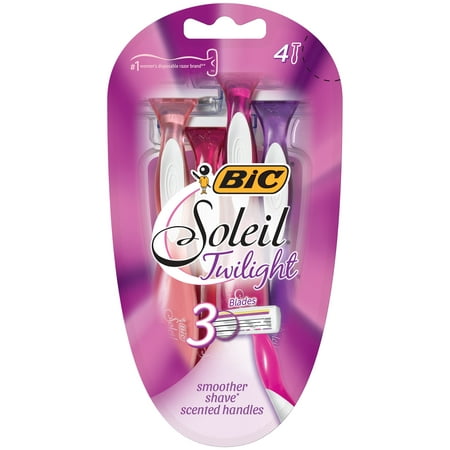American Safety Razor Personna GEM Single Edge Super Stainless Steel Blades, 10 ea
Single Edge Super Stainless Steel Blades 10 blades Economy size! With used blade vault. 1. Hold dispenser in right hand between thumb and index finger with thumb window facing up and towards you. 2. Slowly push blade out with thumb. 3. Once blade has appeared, grasp blade back with left hand and pull all the way out. 4. Safely dispose of blades by sliding into used blade compartment. Sharp edges. 10 blades One Razor Blade Lane Verona, VA 24482 2002 American Safety Razor Co.








Reviews
There are no reviews yet.